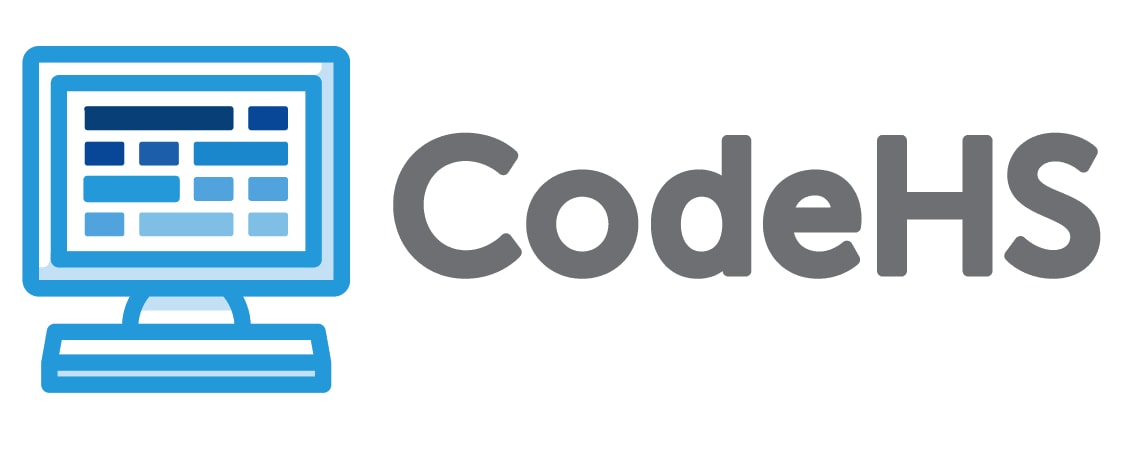The Data Science course equips students with the essential skills of a data scientist which include data collection, cleanup, transformation, analysis, and visualization. Students will write algorithms, tell data stories, and build statistical models using Python libraries.


